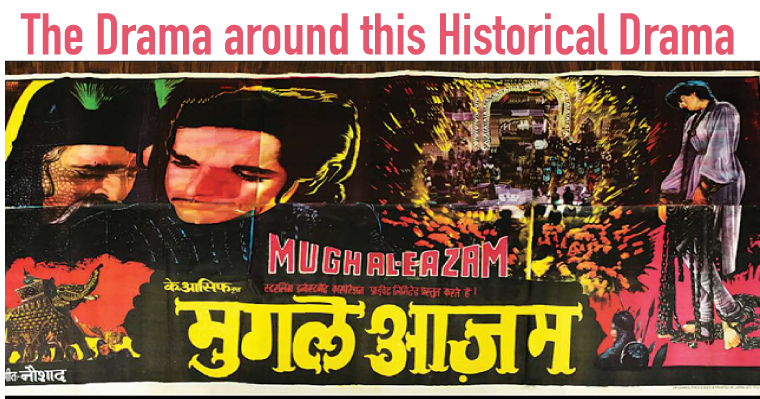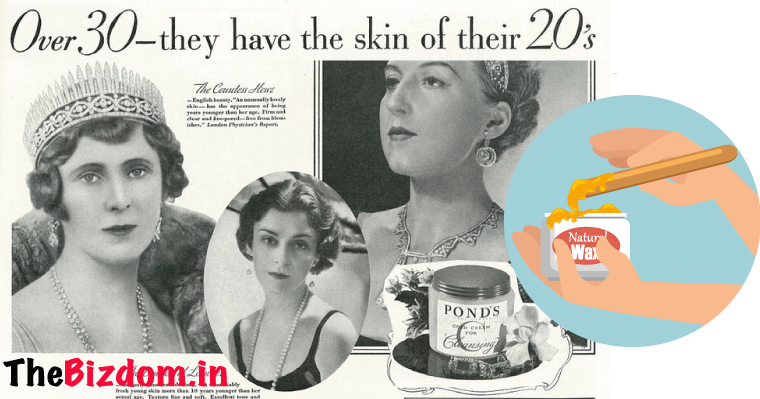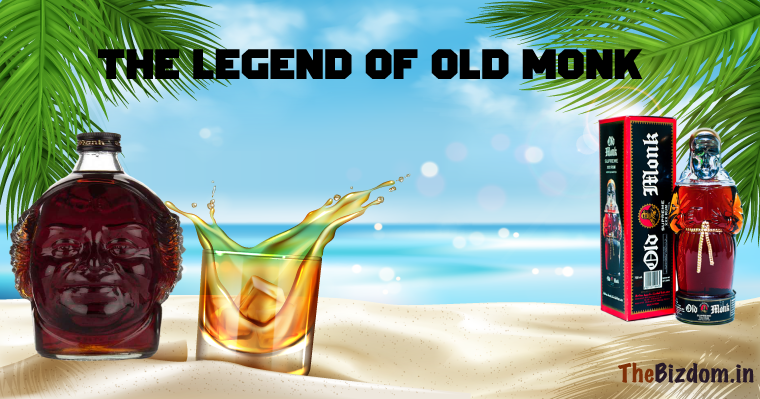4 min to read
Mughal-E-Azam: The surrounding drama
Set in the 16th century, Mughal-e-Azam was a monumental film for its time.

Mistry’s
The Mistry family came from a very modest background and lived in a chawl on Grant Road in Bombay. The construction of two buildings in particular changed the fortunes of the Mistry family.
One was Framroze Edulji Dinshaw’s house and the other was Sorabji Pochkhanawala’s house. Dinshaw was from one of the oldest and wealthiest families of Bombay and was also a lawyer and advisor to the royal family of Gwalior. Later, Shapoorji Pallonji acquired the assets of financial firm F. E. Dinshaw in 1936.
Pallonji Mistry’s empire spans textiles (Gokak Mills), shipping, water purifiers, vacuum cleaners (Eureka Forbes), and light engineering. His real claim to fame, though, is in being the single largest shareholder in Tata Sons. Today, Pallonji group’s main construction concerns are Shapoorji Pallonji & Co Ltd and Afcons Infrastructure.
Through the 1930s and the 1940s, Shapoorji Pallonji built some of Mumbai’s landmarks around the Fort area — the Hong Kong Bank, Grindlays Bank, Standard Chartered Bank and Reserve Bank of India building. He also built the ‘Famous Studios’ at Mahalaxmi for Shiraz Ali Hakim.
Magnum opus
Mr. Hakim was in talks with K Asif and had agreed to produce his magnum opus. But then Partition happened and Mr. Hakim decides to leave for Pakistan. But he did match up Shapoorji with Asif and the film got started. The cast members went through significant changes.
Salim and Anarkali
The earliest Western stories about the love affair between Salim and Anarkali were written by two British travellers, William Finch and Edward Terry. William Finch was in Lahore in 1611 (only 11 years after the supposed death of Anarkali), to sell indigo he had purchased at Bayana on behalf of the East India Company. His account, written in early 17th-century English, talk about them. However, the earliest and most celebrated historical play about Anarkali, was only been written by 1920s by Imtiaz Ali Taj (in Urdu).
Coming back to our own Mughal-e Azam. The original hero Chandramohan passed away after a heart attack when the film was underway. With the hero gone, the leading lady, Nargis was changed too after some 10 reels had been shot, as Raj Kapoor wouldn’t allow his lady love to shoot with his rival Dilip Kumar, who had been roped in to step into the shoes of Chandramohan.
K Asif and Shapoorji Pallonji had major issues as did Dilip Kumar and Asif when the director married his sister Akhtar. And, above all the real-world drama of Madhubala, Attaullah Khan, Dilip Kumar.
“Asif’s second wife Nigar Sultana played Bahar in the film. The role was initially conceived for Sitara Devi, the Kathak dancer, who happened to be Asif’s first wife. Interestingly, Sitara Devi happened to be the wife of Nazir, Asif’s uncle, before she became close to Asif during the making of Phool, Asif’s directorial debut in the early 1940s. And before the film was wrapped up the director had married Akhtar, Dilip Kumar’s sister, much to the heartburn of the hero!”. From the book: The Golden Age of Hindi Cinema Edited by Ziya Us Salam
Nevertheless, on its release 5 August 1960, It became a major commercial success in India. As the businessman Shapoorji started to think about its global reach, starting with Pakistan.
Jimmy Mehta
Jimmy Mehta (along with Sumant Misra) had reached the doubles quarter-finals of Wimbledon in 1947 and 1948. They were the only pair to take a set off the great doubles pair Ted Schroeder and Jack Kramer in the 1947 US Championship. He was a good friend of Zulfikar Ali Bhutto and also Shapoorji Pallonji’s son-in-law. He was given the task to convince Mr. Bhutto, who was then a foreign minister.
Jimmy agreed to his father-in-law’s request and rang his friend. “Zulfi, this is Jimmy.” “I am coming to Karachi; my plane will be there for two hours at Karachi airport. You send me a car. I shall meet up with you and then catch the flight to London.” At Karachi, Bhutto was at the airport to meet his old friend and took him to his house. It was evening by then. He took him to a dark room, put the lights on and revealed a hidden bar, Pakistan being a Muslim country where drinking was frowned on. They drank whisky and talked about old times. Then Bhutto asked, “Jimmy, what have you come for?” “Have you heard about Mughal-e Azam?” “Yes.” “My father-in-law was the producer. If this film is released in this country, then the two countries will come close.”
What happened next was out of some horror movie. Jimmy would later tell, “His eyes became red. He banged the glass table so hard I do not know how he did not break it. ..,’ Not for a 1000 years can these two countries become one. I shall catch you by the throat ..”
The poor Jimmy somehow escaped and got into his plane for London. He later died in 1978, when Air India’s first-ever Boeing 747 crashed into the Arabian Sea, killing all 213 people on board.
And, the movie would have to wait till April 2006 to be officially released in Lahore.




